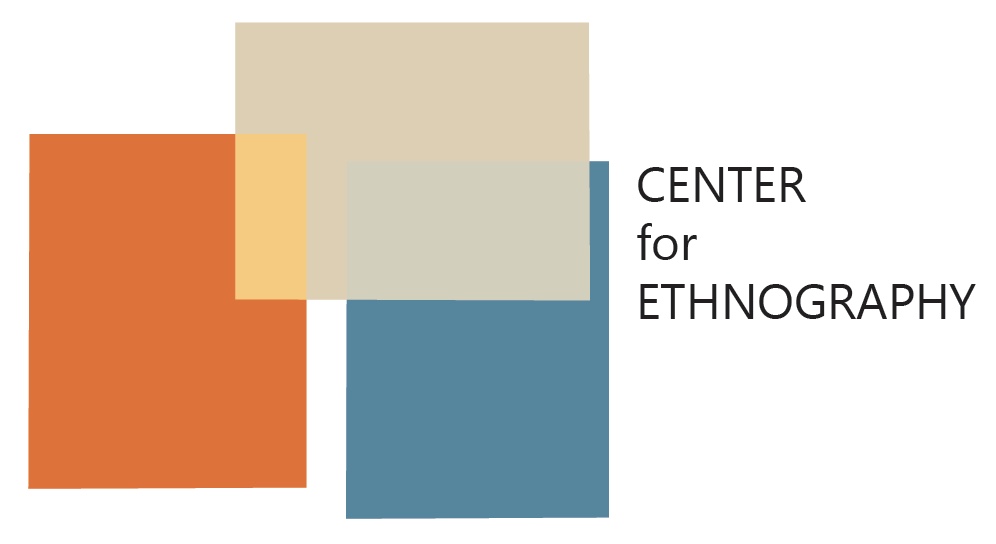This group will serve as the collective workspace for all participants and contributors to the Center for Ethnography’s 2018-2019 annual program, Visualization in Ethnography. The program will facilitate creative collection, production, and analysis of visualization in ethnography, cued by the wealth of visual practices and media in play in the worlds contemporary ethnographers study. Participation may take form of enrollment in one more of the program's three component projects: a thematic seminar series, Visualization Across Disciplines, a design project, Visualizing Toxic Subjects, and a “field works” project, Soiled Grounds, in which groups of ethnographers travel together to various sites exploring a shared theme, sharing fieldnotes as they go. The program extends the Center’s investment in new collaborative and ethnographic forms, leveraging new technical possibilities and insights on visualization from the arts, sciences, and informatics.

This image was produced by Tane Ward of Equilibrio Norte to provoke thought and conversation about the racism that is embedded in Austin's contemporary mode of placemaking.
The segmented nature of Austin’s social space corresponds, to a large degree, with the history of its racial geography. Environmental risks are disproportionately distributed to East Austin, the area of town which, in the 1928 Master Plan, became designated as the segregated “negro district.” Since this designation, East Austin has been consistently subjected to environmental hazards.
Originally, the East Austin community was upset that the city used tax incentives to attract businesses that would bring little to no benefit to the East Austin community in which they were located (Tretter 2016). However, this focus took a notable turn after the discovery of chemical leaks and the illegal disposal of industrial waste from Austin’s Motorola Plant in 1982 and 1984. These events made local community leaders aware of the potential risks presented by having these facilities so close to home. Small sections of Central East Austin have also recently been targeted for clean-up and redevelopment, raising the property values in the area and, once again, forcing members of the black and brown community from their homes and residences. Many of Austin's liberal, progressives still consider this gentrification to be in accordance to the natural or logical development of a city. In their view, East Austin’s Desirable Development Zones are both dilapidated and cheap, and therefore the locations most suitable and in need of redevelopment. The incisive response of many local environmental justice groups is to point out that environmental racism was the cause of the dilapidation and poverty in the first place.
Asymmetrical power relations determine which environmental problems become visible as problems and therein capable of being addressed. As Tretter points out, though the ideology of smart growth rests three equal legs (economy, environment, and society), in Austin these legs have split into two factions: an economic-environmental interpretation of urban sustainability, and an environmental-social interpretation of environmental justice (2016).